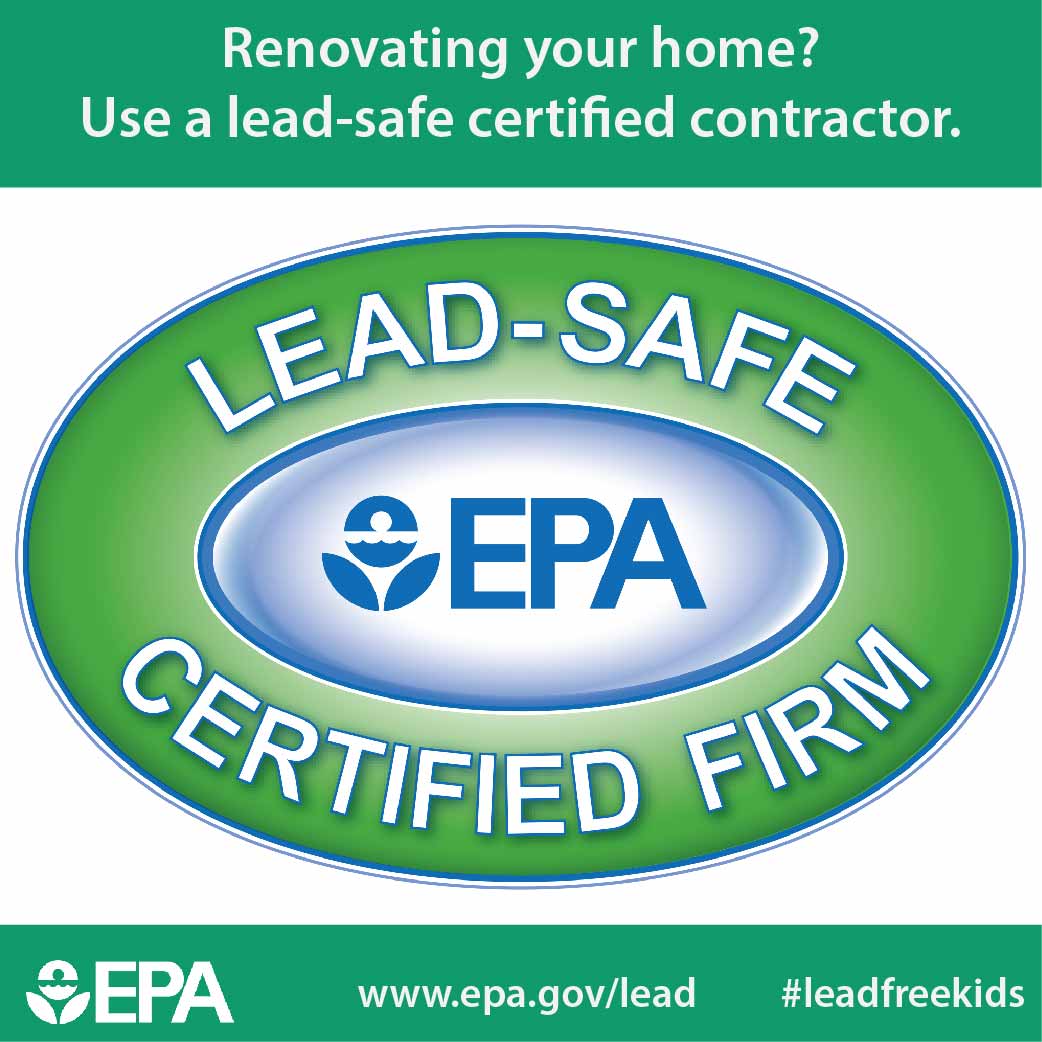Explore The Duty Of Seasonal Factors In The Success Of Business Exterior Painting And Reveal The Most Effective Times To Protect Long Lasting Outcomes For Your Job
Explore The Duty Of Seasonal Factors In The Success Of Business Exterior Painting And Reveal The Most Effective Times To Protect Long Lasting Outcomes For Your Job
Blog Article
Developed By-Korsholm Skafte
When you're preparing an industrial external painting task, seasonal variables can make or damage your results. You'll want to consider just how temperature level and humidity effect paint application and drying times. Choosing should i paint my ceiling and walls the same color white can guarantee your paint sticks properly and lasts much longer. However which periods are really the best for this type of work? Allow's check out the key elements that can influence your project's success.
The Effect of Temperature Level on Paint Application
When you're intending an industrial outside paint task, the temperature can substantially influence how well the paint sticks and dries out.
Ideally, you intend to repaint when temperature levels range between 50 ° F and 85 ° F. If it's also chilly, the paint may not treat effectively, resulting in issues like peeling or cracking.
On the flip side, if it's also warm, the paint can dry as well swiftly, avoiding appropriate adhesion and resulting in an irregular coating.
You must also take into consideration the moment of day; early morning or late afternoon offers cooler temperature levels, which can be extra desirable.
Always inspect the producer's suggestions for the specific paint you're utilizing, as they commonly provide assistance on the perfect temperature range for optimal results.
Humidity and Its Result on Drying Times
Temperature level isn't the only environmental element that affects your business external paint job; moisture plays a considerable function too. High humidity levels can slow down drying out times drastically, impacting the total quality of your paint task.
When the air is saturated with wetness, the paint takes longer to heal, which can lead to issues like inadequate adhesion and a higher risk of mildew growth. If you're painting on a specifically moist day, be gotten ready for extended delay times in between layers.
It's essential to keep track of neighborhood climate condition and strategy accordingly. Ideally, go for moisture levels in between 40% and 70% for optimum drying.
Keeping these factors in mind ensures your project stays on track and delivers an enduring finish.
Best Seasons for Commercial Exterior Paint Projects
What's the most effective time of year for your business outside paint tasks?
Spring and early loss are typically your best choices. Throughout these seasons, temperature levels are light, and humidity degrees are typically lower, developing perfect problems for paint application and drying.
Stay clear of summer's intense heat, which can create paint to completely dry also quickly, bring about bad bond and surface. Similarly, winter months's cool temperature levels can prevent appropriate drying out and healing, taking the chance of the longevity of your paint task.
Aim for days with temperature levels between 50 ° F and 85 ° F for optimal results. Keep in mind to inspect the neighborhood weather forecast for rainfall, as damp conditions can ruin your project.
Preparation around these elements ensures your paint task runs efficiently and lasts longer.
Final thought
In conclusion, planning your business exterior painting projects around seasonal considerations can make a considerable difference in the result. By scheduling job throughout the ideal temperature levels and humidity degrees, you'll guarantee far better bond and drying times. Bear in mind to watch on neighborhood weather report and pick the correct time of year-- spring and very early fall are your best bets. Taking these actions will help you accomplish a durable and professional surface that lasts.
